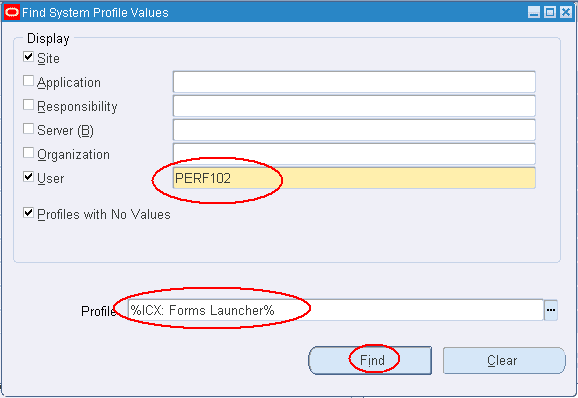This week I am perforamance testing an Oralce Forms applicaiton. When recording a loadrunner scripts for Oracle forms (NCA protocol) you will want the object / deverlopers name to appear in the scripts to aid readability.
To do this you need to ammend the URL to incude ?play=&record=names. So for the user you need to change the profile. You will need SYSADMIN privileges to do this.
So login and navigate down the tree System Administrator -> Security -> Define

Next select Profile: System

Search for the user you are using for recording and ICX: Forms Launcher

Amend the URL with ?play=&record=names”

Save and then you are good to record the object names with that use.
To do this you need to ammend the URL to incude ?play=&record=names. So for the user you need to change the profile. You will need SYSADMIN privileges to do this.
So login and navigate down the tree System Administrator -> Security -> Define

Next select Profile: System

Search for the user you are using for recording and ICX: Forms Launcher

Amend the URL with ?play=&record=names”

Save and then you are good to record the object names with that use.






